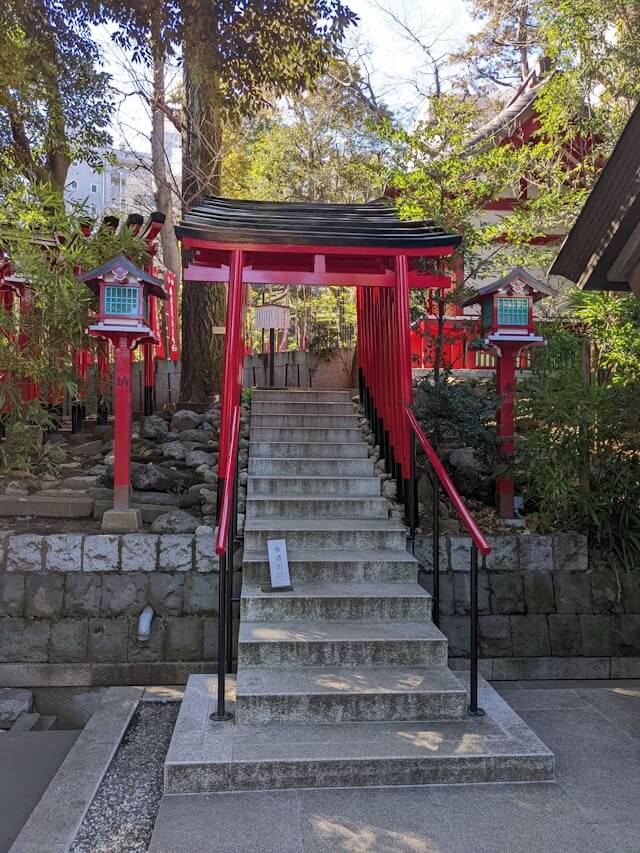
Introduction
Visiting a Shinto shrine in Japan is a beautiful way to connect with the country’s rich spiritual and cultural heritage. Whether you’re in Japan for travel or cultural exploration, understanding the proper way to visit a shrine can enhance your experience. This guide will walk you through the basics of entering a shrine, performing purification rituals, and paying respects in the traditional manner.
Entering the Shrine: Passing through the Torii Gate
The entrance to every Shinto shrine is marked by a torii gate (とりい, “Torii”). When you approach a torii, it is customary to bow slightly before passing through it. This gesture shows respect as you enter the sacred space. Remember to walk along the sides of the pathway leading to the shrine; the center is traditionally reserved for the gods.
Purification Ritual: Using the Water Pavilion
Before approaching the main hall of the shrine, you’ll perform a purification ritual at the water pavilion, called temizusha (てみずしゃ). Here’s how to purify yourself:
- Take a ladle (ひしゃく, “Hishaku”) with your right hand and fill it with water.
- Pour water over your left hand, then switch the ladle to your left hand and pour water over your right hand.
- Take the ladle with your right hand again, pour water into your left hand, and bring your hand to your mouth to rinse it (do not drink directly from the ladle).
- Finally, hold the ladle vertically to let the remaining water run down the handle, purifying it for the next person.
Paying Respects The Prayer Ritual When you reach the main hall:
- Bow deeply twice (にはい, “Ni-hai”).
- Clap your hands twice (にはくしゅ, “Ni-hakushu”).
- Quietly recite the prayer (となえことば, “tonaekotoba”): ‘Harae tamai, kiyome tamae, kamu nagara mamori tamai (or ‘kushi mitama’ instead of ‘mamori tamai’), saiwai tamae’ three times. This prayer is a request for purification, protection, and blessings, followed by your personal wish.
- Bow deeply one more time (いちはい, “Ichi-hai”).
Conclusion
Visiting a Shinto shrine is not only about observing religious traditions but also about experiencing a part of Japan’s unique culture. By following these steps, you show respect for the customs and the spiritual significance of the shrine. Whether you’re there for a quiet moment of reflection or to participate in a festive event, understanding and respecting shrine rituals can make your visit more meaningful and enjoyable.



